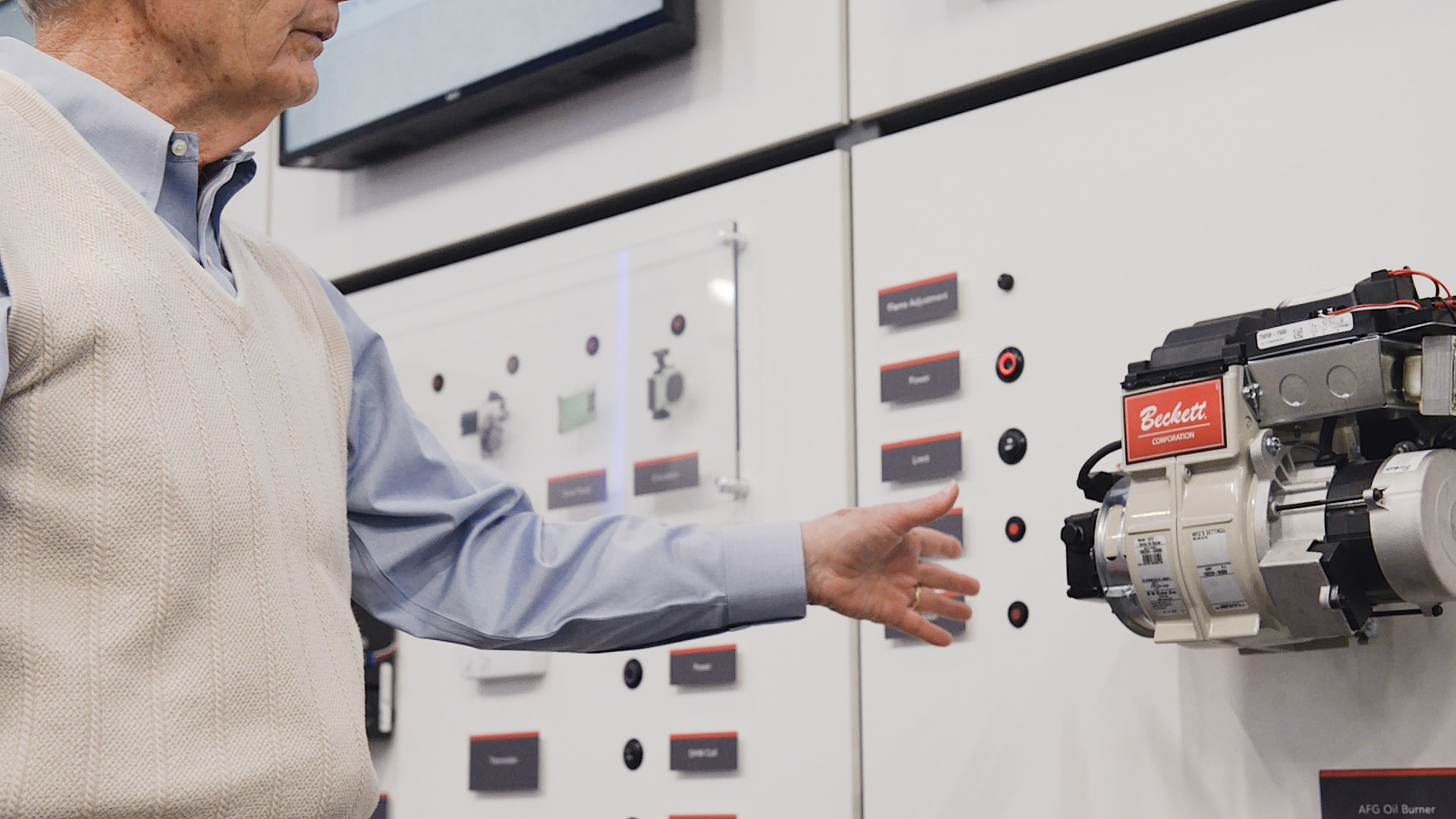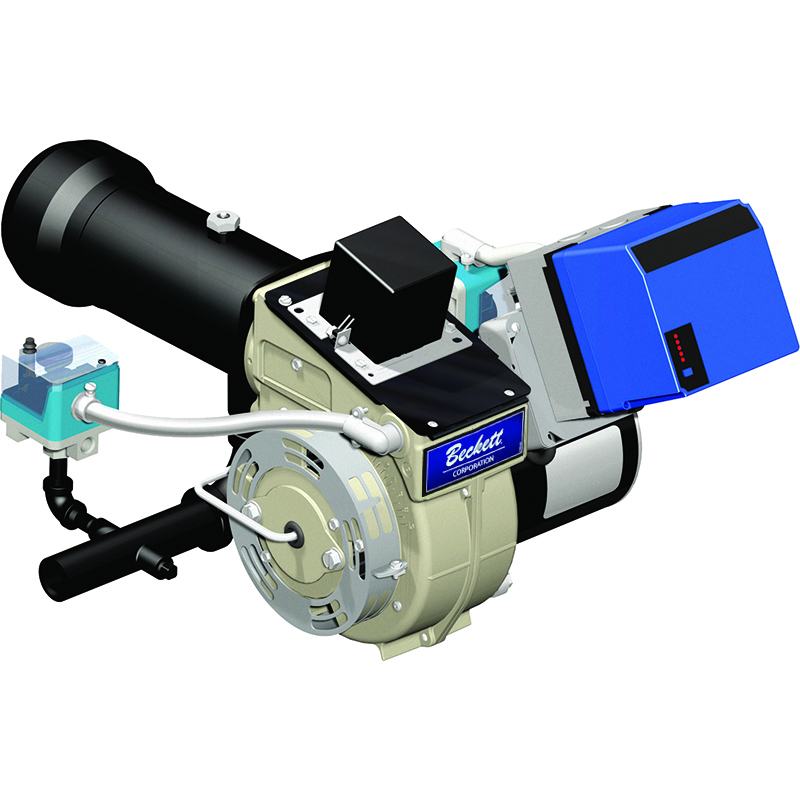The burner is a crucial piece of every oil or gas heating system, as it supplies the energy needed to provide automatic comfort to a residence or commercial space. The burner is attached to a heating appliance, water heater, or boiler to heat air or water. However, while these basic functions are the same across both oil and gas burners, there are several distinct differences between the two in terms of how they function and how their designs came to be. In this guide, we'll give you a high-level overview of oil and gas burners, their main functions, and how their designs changed over time in order to adapt to the changing demands of heating systems and customers.
Over the years and decades, heating systems, home design, and other appliances and technologies have developed alongside our changing needs and lifestyles. For heating systems and appliances that use gas, the gas burners inside have also gone through a series of design and engineering changes. Several iterations of the gas burner have replaced older technologies, all in favor of safer and more efficient gas heat. In this post, we'll discuss the evolution of gas burners through the history of gas heat and the benefits these developments brought to the industry and its consumers.
Topics: Heating Technologies, Burner, Gas Burners
In order to heat a space of any given size, a natural gas heating system needs the right components for the job. While all system parts are certainly important, the burner is an especially crucial piece of the puzzle. A natural gas burner provides the energy for the entire heating system by burning the fuel, which in turn heats the vessel while byproducts are drawn out by a fan or chimney. However, the type of heating system determines the type of burner that's necessary for optimal performance.
Topics: Heating Technologies, Burner, Gas Burners




